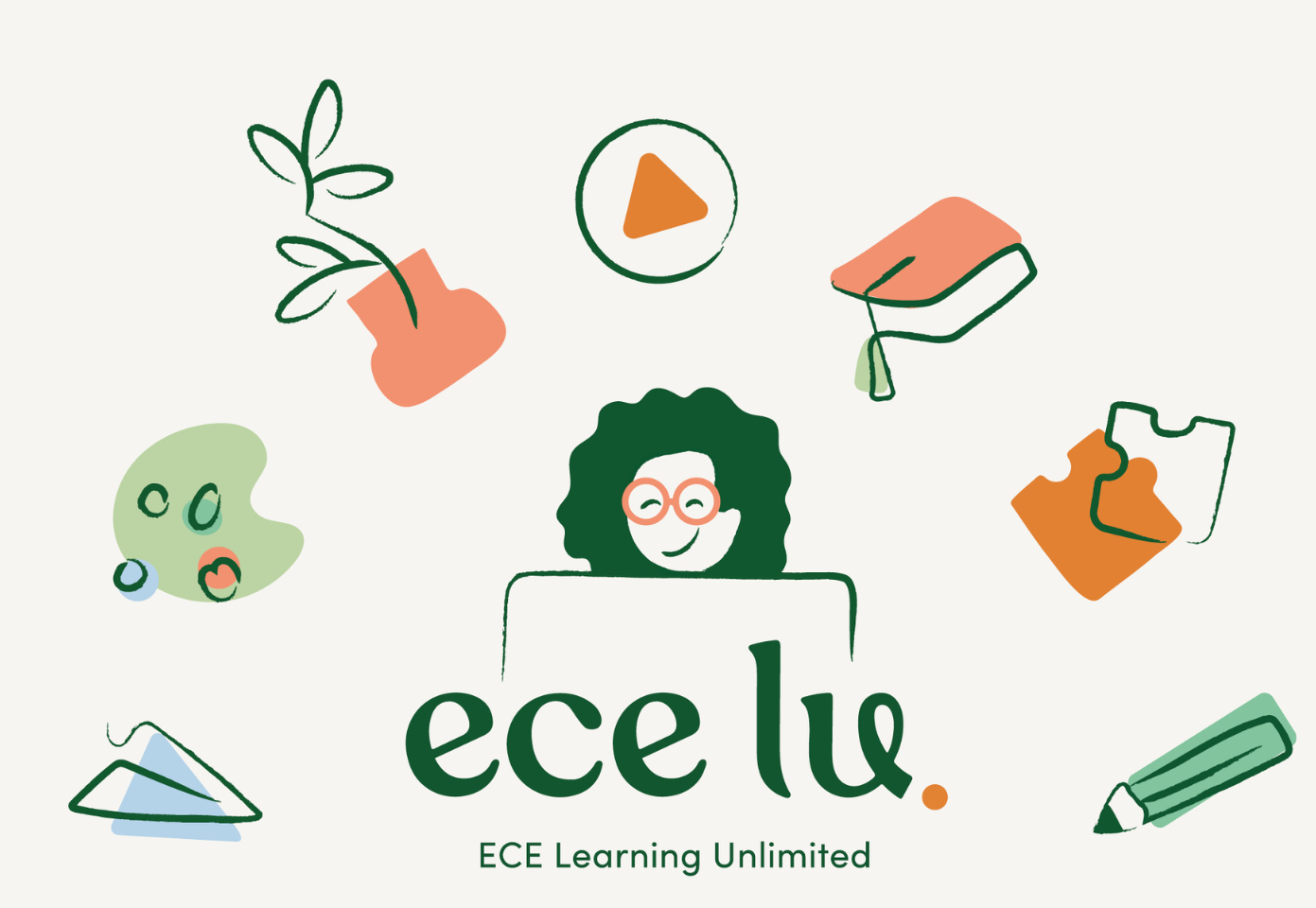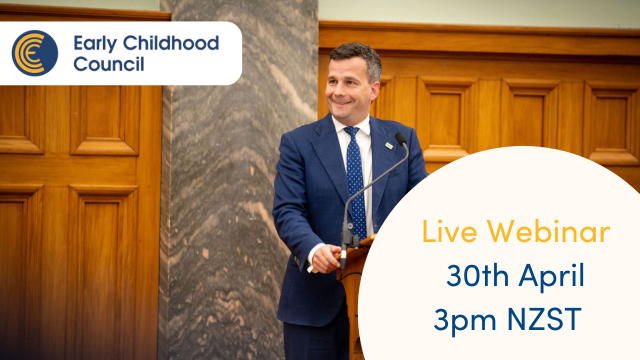Sharing. It’s a phrase we hear uttered in classrooms and playgrounds everywhere. And yet, its one that it widely misused.
I think we can all agree that conflict over toys and resources is one the most common challenges we face as we care for toddlers in group care. We’ve all seen it countless times, right? One child takes a toy from another, the tug of war, the insistent “mine!” and tears that sometimes follow.
With all good intentions, we often feel the need to jump headfirst into this situation, insisting that the children must share and refrain from taking things off each other. And while this may seem like the right thing to do from an adult’s perspective, this isn’t a particularly helpful approach to take.
The basis of RIE philosophy is respect. In this instance, respecting children means to support them in doing what we know they are capable of.. and sharing is not one of these things. At least not yet.
Now don’t get me wrong. Toddlers are amazing! They learn and develop an incredibly fast rate, dazzling us every day with new knowledge and skills. Their little brains are working hard to make sense of the world, making over a million neural connections every second! It’s easy to let our expectations run away on us and forget that there are things they haven’t quite grasped yet.
So, before we talk about why forced sharing or turn-taking is unhelpful for children, I’d first like us to have a think about why toddlers squabble over resources in the first place… and it’s not for the reason that many of us think. As teachers, we often make the mistake of assuming that children take toys off one another, simply because they want the toy for themselves, and as such, our immediate focus turns to the object of the children’s attention, the toy of the moment, as the key to resolving the conflict. But often, it’s not about the toy at all. And it’s easy to make the unjustified leap into fearing that a child who takes things from others or refuses to share is on the road to developing selfish tendencies.
But wait! Don’t be too quick to judge. Let me tell you why.
Toddlers are at a crucial stage in their development where they are beginning to establish a sense of self and a need to exert their developing autonomy in their interactions with their peers. Essentially, they are beginning to experience themselves as separate individuals and exploring how their choices and actions play out in different situations. Cause and effect. I am me and you are you. I am capable of giving and taking. These are the basic concepts that children are experimenting with in their interactions. Toddlers were born to push limits and test boundaries. This is how they learn!
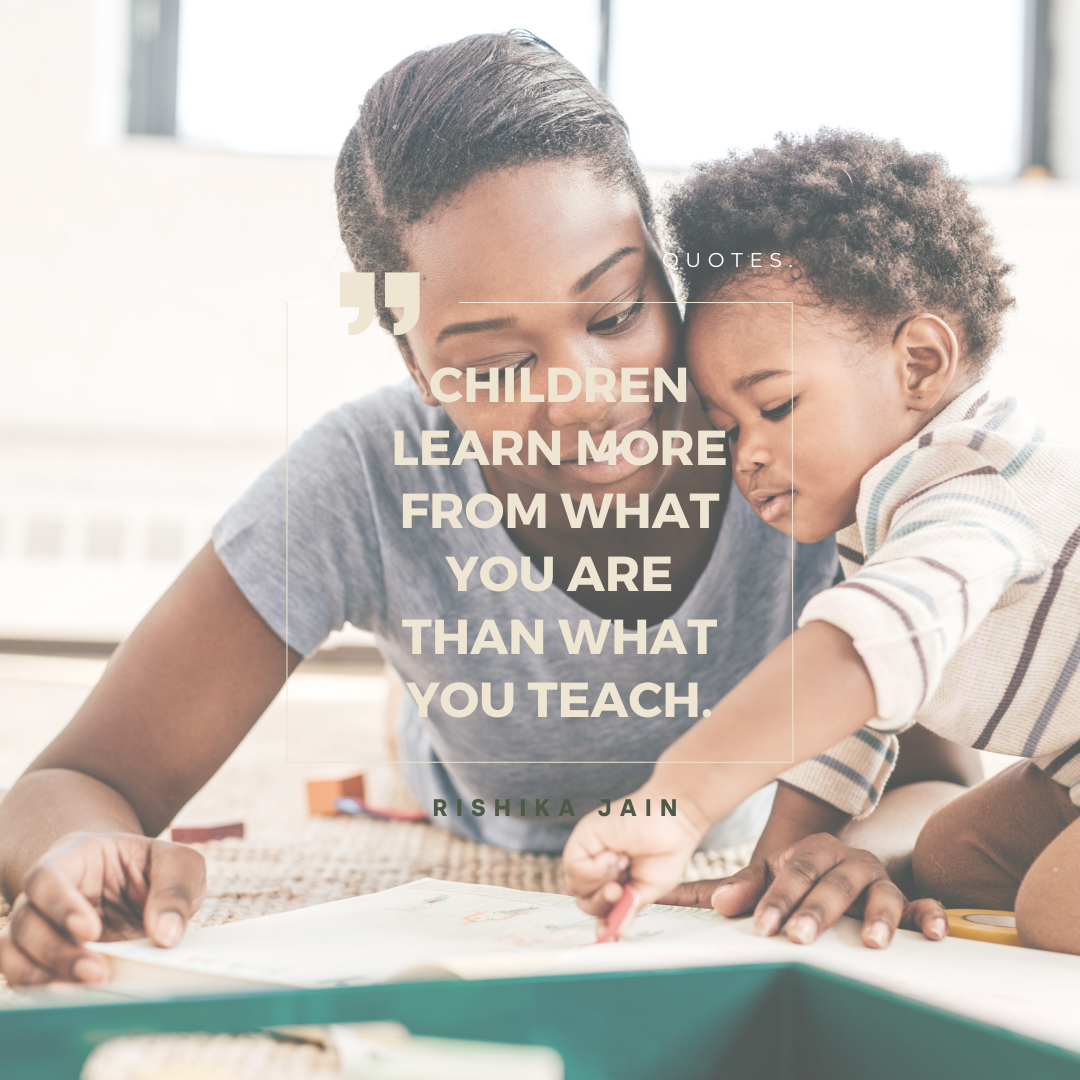
What does the research say?
Research tells us that the part of the brain responsible for impulse control and emotional regulation is not well developed in children under the age of 3. Toddlers experience the world through urges and feelings. They see something that interests them, so in their mind, it becomes theirs. Whether the item belongs to another child, or another child had it first is not relevant to them. In fact, it’s not even on their radar.
They haven’t quite grasped the concept of “ownership” in the way that we understand it as adults. Consideration of other’s feelings and altering one’s own plans in response, is an incredibly complex social skill, one that belongs to parts of the brain that toddlers haven’t quite tapped into yet. And that’s okay.
What this all tells us that a child who takes a toy from another or refuses to share is not self-centred or spiteful. This behaviour is not an expression of bad character and is not something that needs to be fixed. All it means is that this child is a healthy and curious little person is exploring the world around them in the way that toddlers do. Exactly where they need to be. Perfectly imperfect.
So, what now?
Do we simply sit back, do nothing, and wait for children to develop these skills on their own?
Not exactly. Stay with me.
Of course, we want the children in our care to grow into kind and caring individuals. What parent or teacher wouldn’t? These are basic human values, and while forced sharing and turn taking isn’t the way to go, there are things that we can do to encourage this behaviour.
We’ve already established that forcing toddlers to share or turn take before they can even understand these concepts is a waste of time and makes life harder than it needs to be... for everyone. Sure, they may comply, and we may see some semblance of the behaviour we are looking for, but it won’t be authentic.
The goal of RIE philosophy is to develop an authentic child, one who feels confident, autonomous, and secure. So of course, we want to teach this behaviour in a way that, in time, it will become an authentic expression of who they are. They will be generous, not because we say so or make them do so, but because they know in their little hearts that it’s a kind thing to share what we have with others.
So how do we achieve this then?
#1 Firstly… wait wait wait!
When we notice children engaged in a conflict over a resource, don’t be too quick to intervene. While it may look like a struggle, remember they are experimenting, trying to figure it out, discovering new ways of interacting. Have trust in their competence, take the pressure off, and give them a chance. Sometimes, they may come to an amicable solution on their own. If they do, great! And if they don’t, that’s okay too. We pick our moments of intervention carefully and ask ourselves, by intervening right now, will I take away an opportunity for this child to build her sense of autonomy?
“Just as much as is needed, but as little as possible.” Magda Gerber
#2 Vocalise Your Observations (Sportscasting)
When we recognise that children need a little help, our best intervention strategy is to sportscast and vocalise our observations.
“Wow you’re both really interested in that truck. It looks like Johnny is still using it…”
The key word here is neutral. Don’t take sides or imply blame. Simply describe what you see happening in front of you. When we articulate into words what children are experiencing, we leave the door open for them to come up with solutions. We show them that we trust them to think for themselves about what to do next, empowering them to persevere.
#3 Practice Empathy
Often during these situations, as I’m sure you well know, emotions can become heightened very quickly as children become frustrated when things don’t pan out how they intended.
Be willing to hold space for their feelings. Don’t shush them. Don’t rush to distract or offer an alternative. Be okay with their outbursts and let them know that it’s okay to get upset. Sadness, anger, frustration, these feelings don’t need to be quashed. Yes, they feel big and intense and uncomfortable but that’s okay. Let them know they are safe. These situations present an opportunity to explore emotional literacy with children as they learn to identify and manage big feelings.
“I know you really wanted to have a go at that puzzle and Jane is still using it. Did that make you sad? I can see that. It’s hard to wait for the things we want. I hear you.”
or
“You got upset when Johnny took the truck from you. I saw that. Next time, you can hold onto it.”
There is no better feeling than knowing someone else understands how you are feeling.
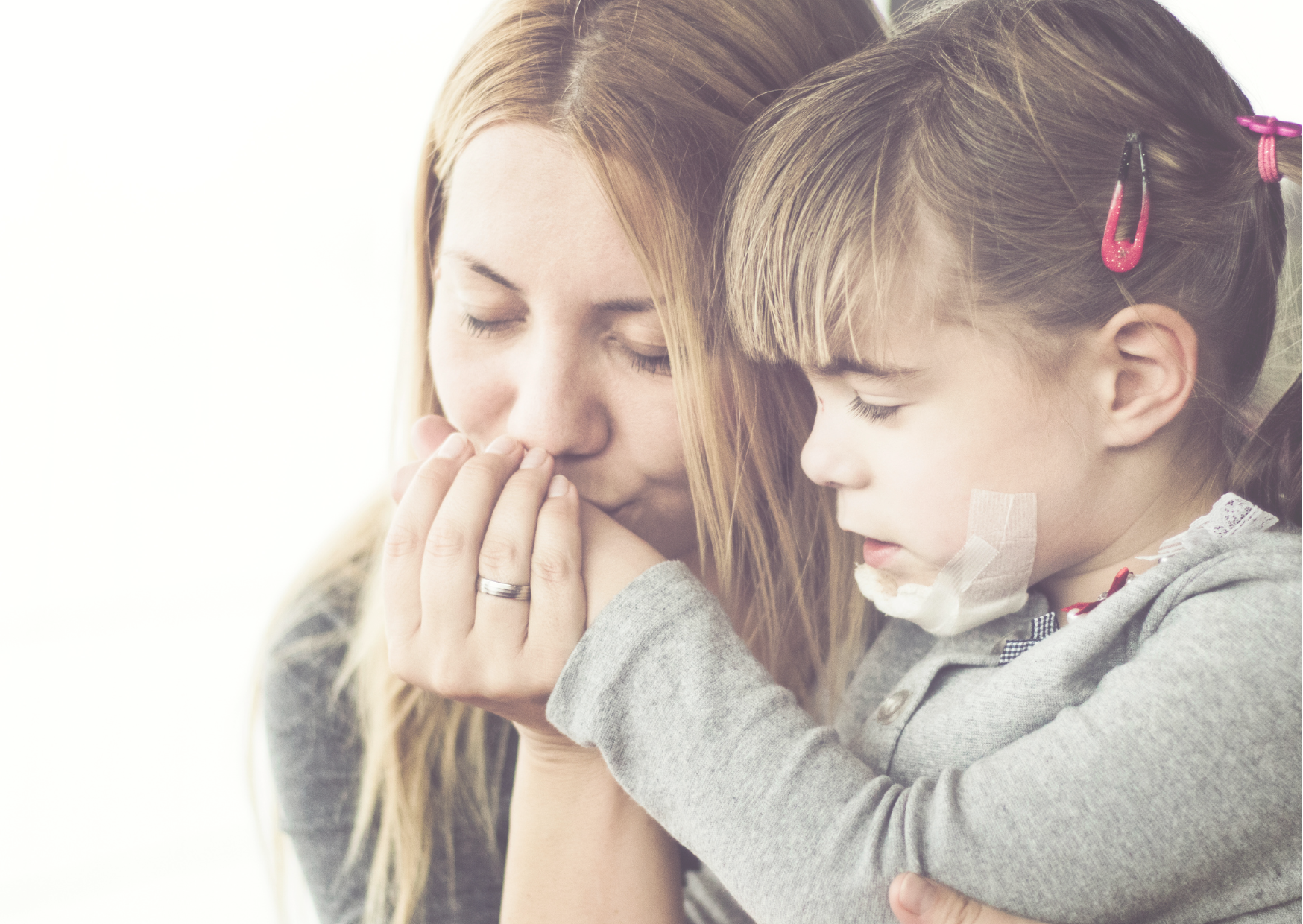
#4 Model Kindness
As Magda Gerber once said, “what we teach is ourselves”.
Toddlers are naturally inclined to observe other’s behaviour. They rely on responsive adults in their environment to demonstrate acceptable and expected ways of interacting. They watch us more than we realise and are constantly soaking up new information based on what they see.
So how do we teach kindness?
You guessed it! Model it! Throw kindness around like confetti as they say! Practice it in your interactions with children, with your co-workers, with parents and families. When we are kind, they are learning to be kind. Be intentional in your interactions and ensure that your behaviour encompasses the attributes you are trying to encourage.
#5 Acknowledge Kind Actions
Don’t be afraid to acknowledge kindness and generosity when you see it. Sincere acknowledgement supports children to become aware of their own efforts and feel pride in their own behaviour. When we acknowledge kindness, we may say something along the lines of “Johnny wanted a turn with your dinosaur, so you found him another one to use. That was kind of you!’
Note that this is different from the concept of praise. Remember we want children to be kind towards others, because it feels intrinsically good to do so, not to seek out adult approval or external rewards.
Acknowledgement comes from a place of sincerity and empowers children to do good of their own accord, whereas praise is a form of judgement, often acting as a “stamp of approval” which, when used too often, children can come to seek out as a form of validation… (which is a whole other topic on its own, but certainly worth noting).
#6 Trust that in time, it will happen.
Like anything major skill in life, sharing and the ability to be considerate of others is one which is going to take time to learn. As Magda said, “readiness is when they do it”. Every child develops in their own way, at their own pace and in their own time. So, slow it right down and remember there is no rush. Keep your expectations in check, practice patience and remember how small they really are. Wait and then wait again. These little people are working hard to navigate the big wide world around them. They have so much to learn and are doing the very best they can. And they will get there. All they need is a little space, a bit of time and a lotta love. Remember that.
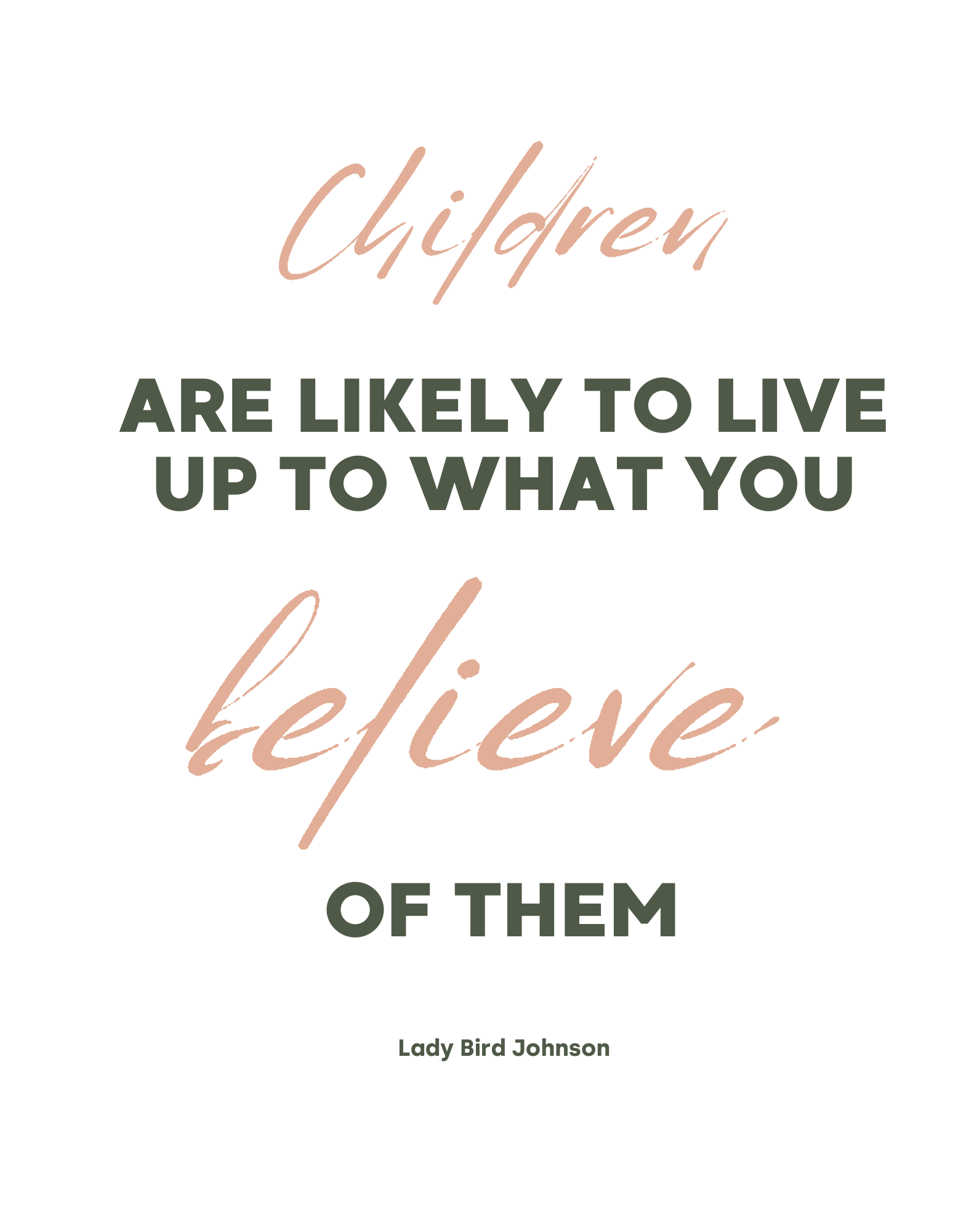

Written by
Brittany Hallett
Early Childhood Educator, B.ed ECE Teaching
Brittany is an experienced early childhood teacher from Paeroa, New Zealand. She has a strong passion for RIE based practice and works with infants and toddlers in ECE.
Share your thoughts...

Need more?
Never miss a blog
Join our mailing list and keep up to date with new releases
Thank you!



